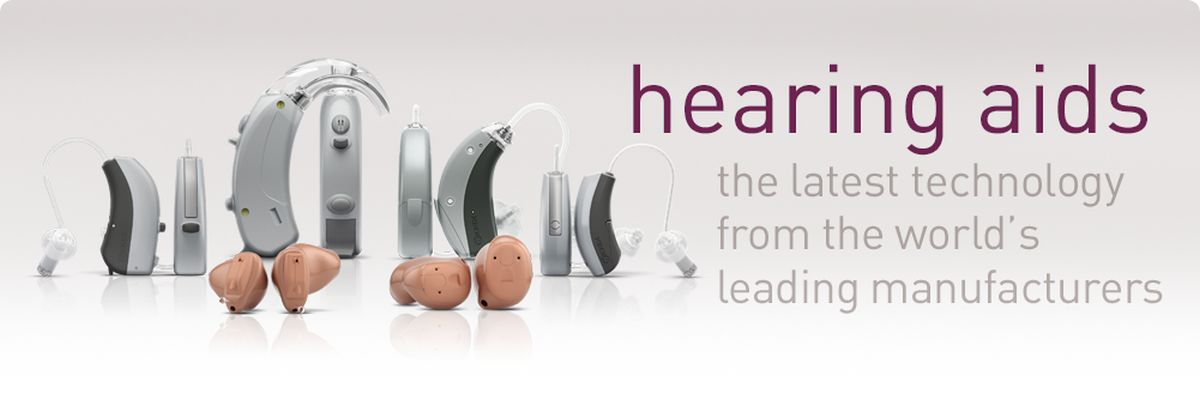
The Journey – the first signs of hearing loss
It can take years from the first signs of a hearing loss, to actually doing something about it. That’s because we don’t wake up deaf and then go shopping for hearing aids. There is a long period of decline before we accept the issue is with us and our hearing rather than other people mumbling or not talking clearly.
What causes a hearing loss?
Sometimes the hearing loss may be temporary like a wax build up, or fluid in the middle ear, other times it may be a permanent hearing loss caused with the aging process and a gradual decline, this makes it harder to identify as the process may be so gradual we adapt our lives and situations around the hearing loss without even knowing it.
With the aging process, we lose the clarity and not the volume, that means we can hear the sounds, but they are muffled and seem like people are mumbling. This can be more prominent in background noise situations such as pubs, clubs and restaurants as we hear the background sounds better than the speech sounds.
What are the signs of a hearing loss?
Typical signs of hearing loss can vary depending on the severity and type of hearing loss, but here are some common ones:
- Difficulty understanding speech, especially in noisy environments.
- Frequently asking others to repeat themselves or speak more slowly and clearly.
- Turning up the volume on electronic devices such as the television, radio, or phone.
- Withdrawal from conversations or social situations due to difficulty hearing.
- Struggling to hear consonant sounds, which can make speech sound muffled or unclear.
- Ringing, buzzing, or hissing sounds in the ears (tinnitus).
- Difficulty hearing high-pitched sounds, such as birds singing or doorbells ringing.
- Feeling fatigued or stressed from the effort of trying to hear.
What are the causes of a hearing loss?
Hearing loss can have various causes, including:
Age-related (Presbycusis): Gradual hearing loss that occurs as a natural part of aging. It typically affects both ears and is often more pronounced for high-frequency sounds.
Noise-induced: Prolonged exposure to loud noises can damage the hair cells in the inner ear. This can happen due to occupational exposure (e.g., working in noisy environments like construction sites or factories), recreational activities (e.g., attending concerts, using firearms), or even from using headphones or earbuds at high volumes for extended periods.
Genetic factors: Some types of hearing loss can be inherited from one or both parents. Genetic factors can contribute to congenital hearing loss (present at birth) or develop later in life.
Medical conditions: Certain medical conditions or illnesses can lead to hearing loss, including infections (such as otitis media or meningitis), autoimmune disorders, cardiovascular diseases, diabetes, and neurological disorders.
Trauma: Head injuries or trauma to the ear can cause hearing loss. This may involve damage to the eardrum, middle ear bones, or inner ear structures.
Ototoxic medications: Some medications, particularly those used to treat serious health conditions like chemotherapy drugs, certain antibiotics, and high doses of aspirin, can damage the inner ear and lead to hearing loss.
Malformation of the ear: Structural abnormalities in the ear can interfere with normal hearing. This can be present at birth or develop later in life due to injury or surgery.
Excessive earwax: Buildup of earwax can block the ear canal and impair hearing. While not typically permanent, it can cause temporary hearing loss until the wax is removed.
Will hearing aids restore my hearing?
Hearing aids are devices designed to improve hearing by amplifying sounds for individuals with hearing loss. While hearing aids cannot restore normal hearing, they can significantly enhance a person’s ability to hear and communicate effectively in various environments.
Here’s how hearing aids work:
Amplification: Hearing aids amplify sounds to make them louder and clearer for the wearer. They use microphones to pick up sounds from the environment, process these sounds electronically, and then deliver them to the ear through speakers or receivers.
Adjustability: Modern hearing aids often come with advanced features and settings that can be customized to match the individual’s hearing needs and preferences. This includes adjustments for volume, sound processing algorithms for different listening environments (e.g., noisy vs. quiet), and sometimes even Bluetooth connectivity for streaming audio directly from electronic devices.
Improvement in Speech Understanding: By amplifying speech sounds, especially in noisy environments, hearing aids can improve speech understanding and make it easier for individuals with hearing loss to follow conversations.
Enhanced Quality of Life: Hearing aids can help individuals with hearing loss reconnect with the world around them, improving their overall quality of life by enabling better communication with family, friends, and colleagues.
While hearing aids cannot cure hearing loss or fully restore normal hearing, they can provide significant benefits and improve the wearer’s ability to participate in daily activities and social interactions.
What happens in a hearing test?
We start by taking a comprehensive case history that may identify some causes or contributing factors to the hearing loss. We then look inside the ears using a video otoscope (so you can see the inside of your ears!) and make sure everything is healthy. We then put you in the sound booth to obtain the air and bone conduction hearing levels, when that is done we will do tympanometry (this tells us the function of the ear drum and middle ear), we will then do OAE’s that tells us the potential function of the hair cells in the cochlea. When we have all these results we will discuss them all with you and make sure you understand what they mean and how it effects your hearing.
